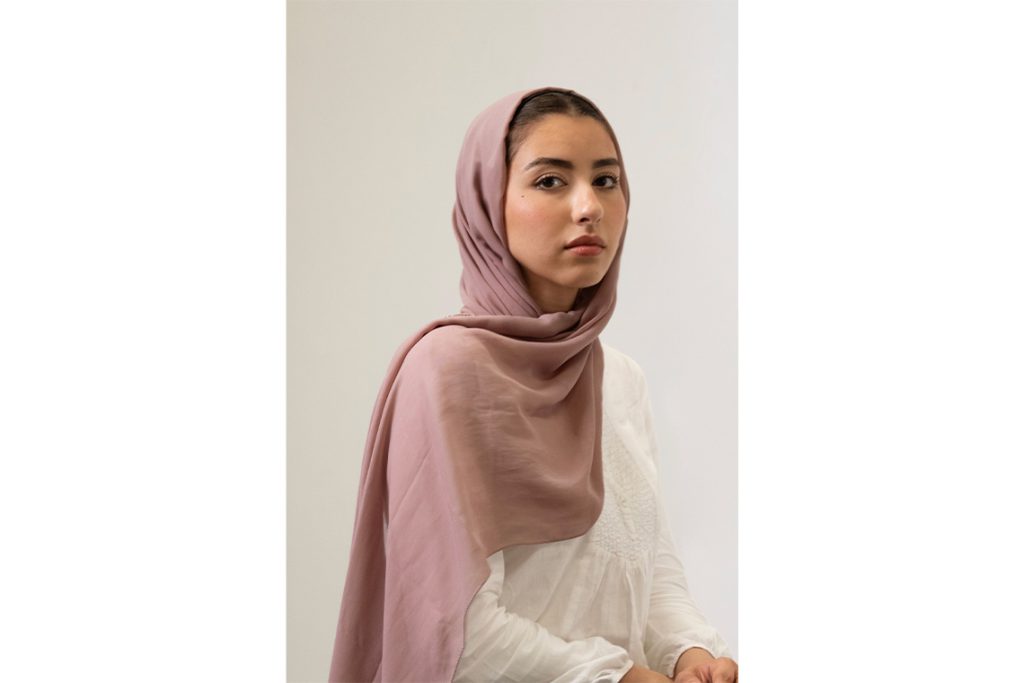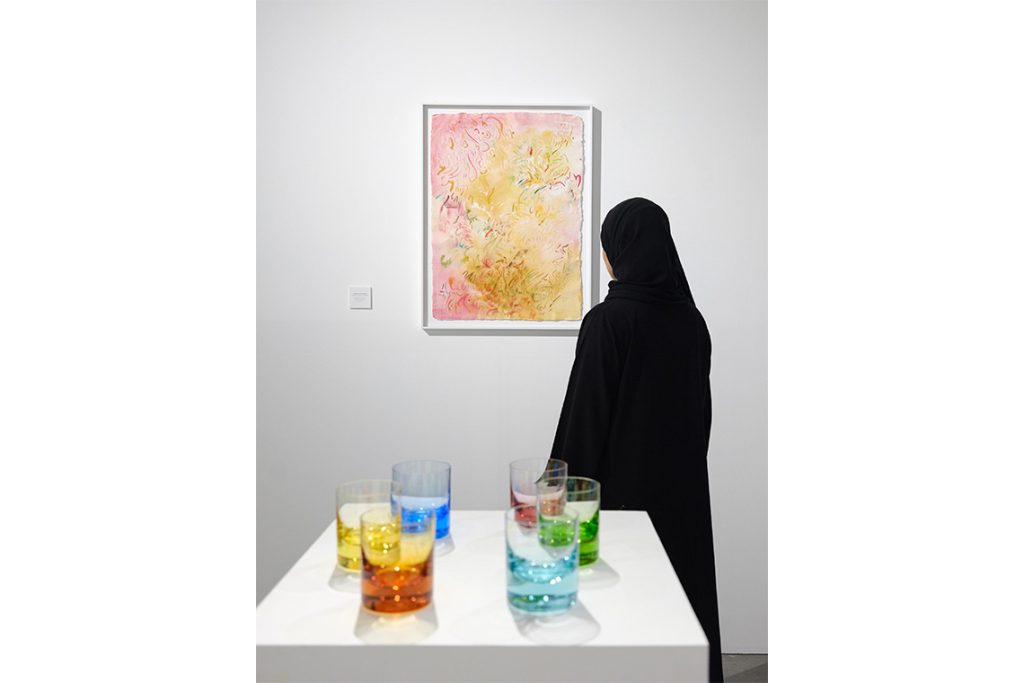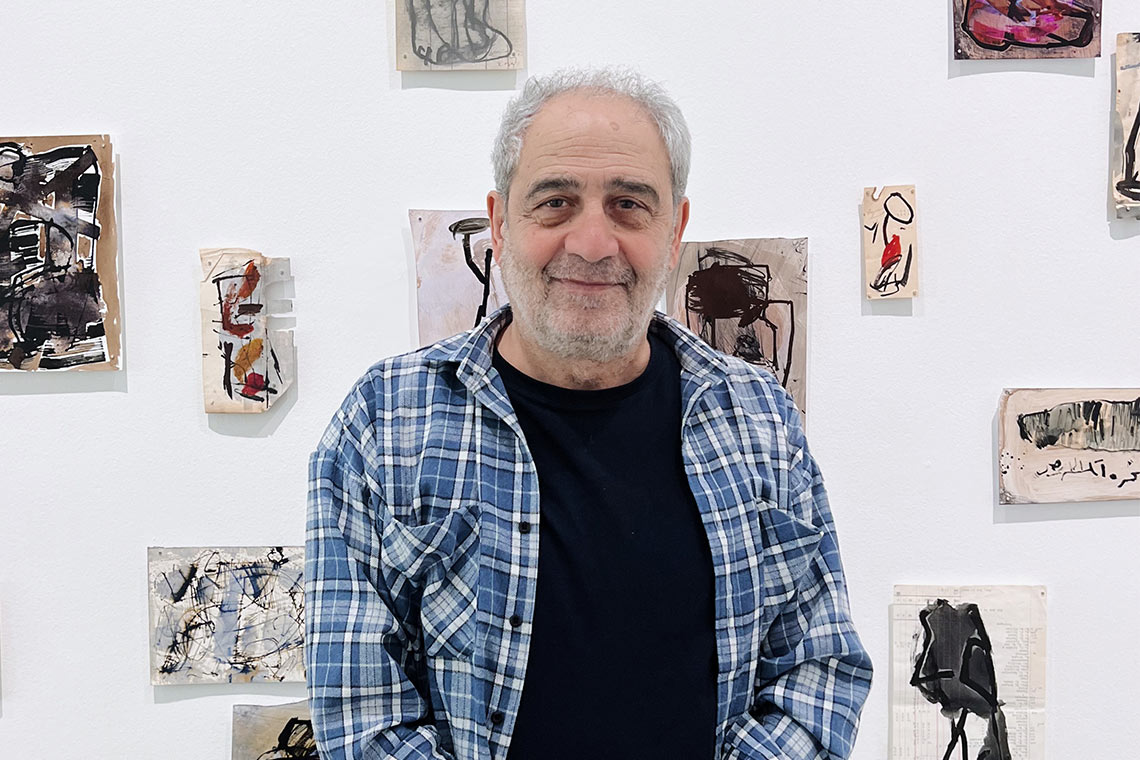As curator for this year’s Beyond Emerging Artists at Abu Dhabi Art, the artist discusses how the programme aims to nurture local talent and extends beyond the walls of the fair.
Canvas: Why did you take the decision to host the exhibition in two locations?
Issam Kourbaj: When I was commissioned for my own work in Al Ain this year [as part of Abu Dhabi Art’s exhibition programme, Artist Commissions in Cultural Sites, I saw the location as a great starting point for Beyond Emerging Artists]. In the past, the artists in the programme would only show their work for a few days at the fair, and that was it. So I thought: why not exhibit in both Al Ain and Abu Dhabi simultaneously? Al Ain became the focal point for the themes of archaeology, water and the heritage of the region, for which we invited three participants – Maktoum Al Maktoum, Alla Abdunabi and Salmah Almansoori – to work with these ideas.

How did you support the artists in navigating the differences between a gallery space, art fair and the site-specific locations?
This is exactly what I was trying to convey to them. You will see that the artists were responding to a very different environment compared to exhibiting in a gallery. People move quickly at a fair, so I wanted the artists to present work that might involve a longer lifespan, in a different context and space. The gallery space at Manarat Al Saadiyat offers a fast pace and short duration, whereas in the parallel installation in Al Ain, there is an opportunity for a slower pace and for the works to breathe in more varied ways in particular locations. We look at this exercise in terms of a different approach, as the works in Al Ain will exist for a few months and engage with not only international visitors but also locals, encouraging them to see their environment with new eyes.
How does your perspective as an artist shape your vision as a curator?
The two are interwoven, but I wanted to bring them together and encourage the artists to respond in their own ways. The Arabic word العََيْْن (al ain) has two different meanings: eye and spring. These meanings became central to the concept we were playing with. So, in my role as a curator, I said to the artists “This is what I am going to look at as an artist, but what would you do?” We visited the different sites together and I explained that all the sites were available and it was their choice how to respond to them. I wasn’t interested in directing them or deciding where they should work. I wanted them to think about, and speak to, the environment of Al Ain. They are usually exposed to gallery spaces or fairs, but what if the starting point were not a gallery space but the city itself?

Can you tell us something about what each artist is showing?
Each of the them has responded in unique ways. Maktoum Al Maktoum is interested in past tales, and his practice is to prompt the audience to question ancient believes. Alla Abdunabi, who is originally from Libya, has started with water as a universal theme. She is looking at her heritage and the connection between Al Ain and North Africa, and has created a beautiful, poetic connection between the locations. Salmah Almansoori is from the Western Region of the United Arab Emirates, from a Bedouin background. Her starting point was the oasis in Al Ain; from different parts of the trees she is making paper that acts as fabric, not only appearing as a flat surface but also as intriguing sculptural forms.
How do you see a programme such as Beyond Emerging Artists contributing to the larger art scene in the UAE?
I think it is incredibly generous of Abu Dhabi Art to have this part of the fair dedicated to supporting and nurturing local artists, through funding, mentorship and exhibitions in Abu Dhabi, Al Ain and later internationally. Young artists are lucky to have these opportunities, and the art scene in the UAE is really flourishing. There is also particular attention paid to young people, not only Emiratis but also people living here, and a desire to involve everybody in the art scene.

As well as mentoring the artists in Beyond, you are also creating your own work for Artist Commissions in Cultural Sites. What can you tell us about it?
As I mentioned, the word العََيْْن has layered meanings. So, I’ve created a series of three artworks at different locations across the city. One is at Al Hili Archaeological Park, one at the Qattara Centre and the last is in the grounds of the newly opened Al Ain Museum. The installations are called An Eye Palimpsest and the idea is to reorientate our vision and consider the layers of our time and memories in new ways.



